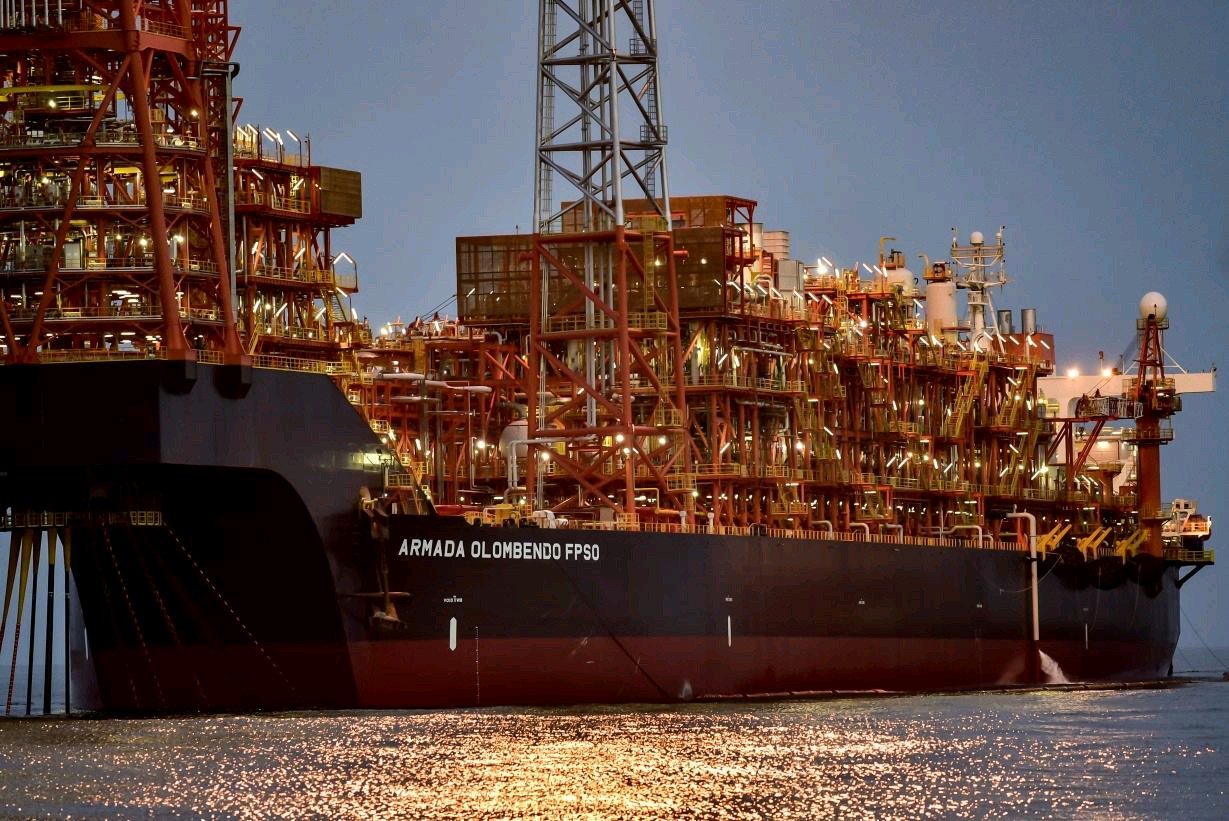Following Cuica in July this year, Eni has now achieved first oil from Cabaça North on Block 15/06 offshore Angola. Both fields are tied back to the Olombendo FPSO commissioned back in 2017 to initially develop the Cabaça Southeast and Cabaça Central UM8 fields on the license’s East hub.
While Cabaça North was always going to be part of the East hub’s second phase of development, several additional fields were discovered by Eni over the past three years and are now being successfully tied-back under the company’s “infrastructure-led” exploration strategy (ILX).
Source: MinFin Angola
Ndungu will be the next discovery to achieve first oil within the coming months but tied back to the N’Goma FPSO on the block’s West hub. Meanwhile, Cabaça North will help in maintain output from Block 15/06 where production averaged only 100,000 bopd in H1 2021 compared to a combined capacity of 180,000 bopd across both FPSO vessels.
Block 15/06 remains a very lucrative asset for Eni and Sonangol with strong upside potential. As of December 2020, 142.2m barrels had been produced from the West Hub (N’Goma FPSO) with remaining reserves estimated at 174m barrels, while 85.7m barrels had been produced from the East Hub (Armada Olombendo FPSO) where remaining reserves were estimated at 159.8m barrels. As part of its ongoing Partial Divestment Process, Sonangol is currently negotiating the sale of up to 10% of its interest in Block 15/06.
Angola is currently sub-Saharan Africa’s most dynamic deep-water subsea market with majors such as TotalEnergies, Eni and BP involved in several subsea tiebacks and infill projects to maintain and increase output from existing production hubs. The country continues to be faced with declining output despite recent increase in production in July and August. Angola has produced an average of 1.143m barrels of oil per day (bopd) between January and August this year according to the ANPG. Its OPEC quota for September is set at 1.348m bopd.
Full details on Block 15/06 are available in the “Projects” section within your Hawilti+ research terminal. More information on the Angolan oil & gas market is also available in Hawilti’s latest H1 2021 report on Angola.

